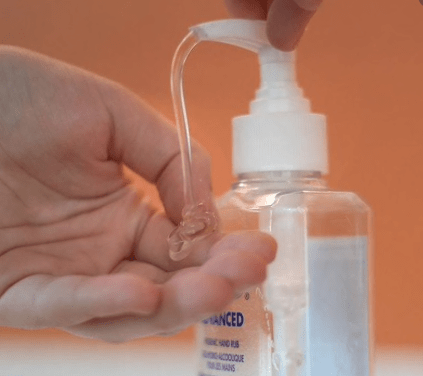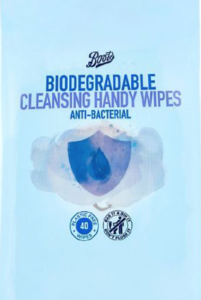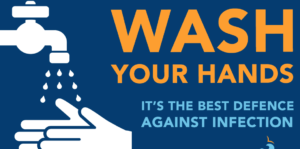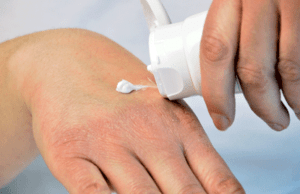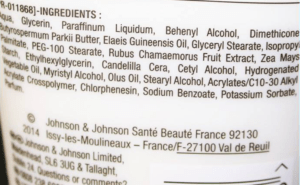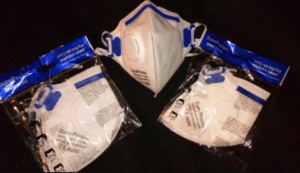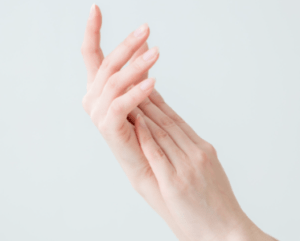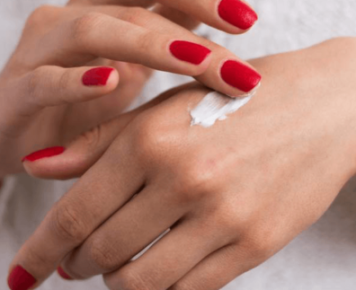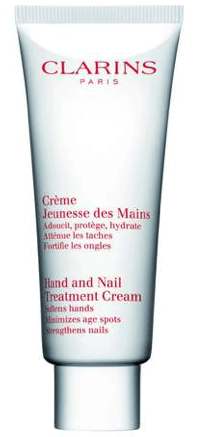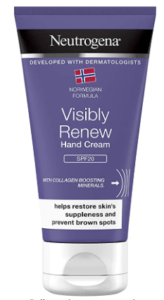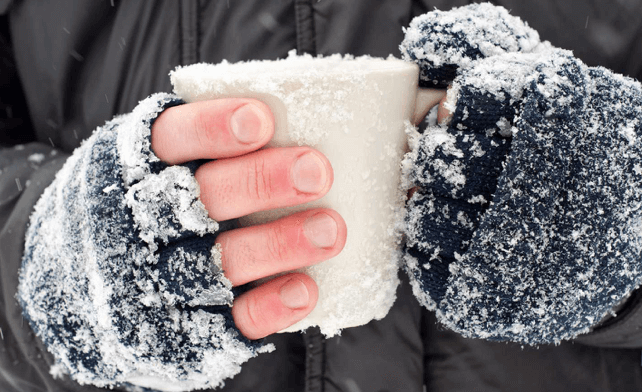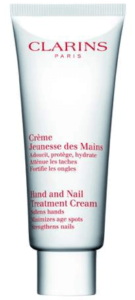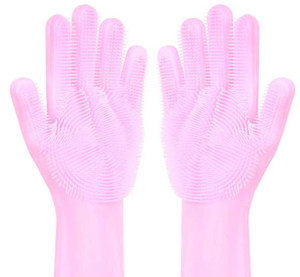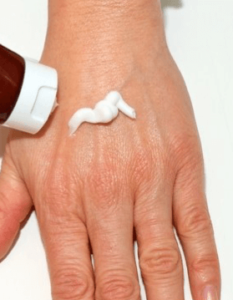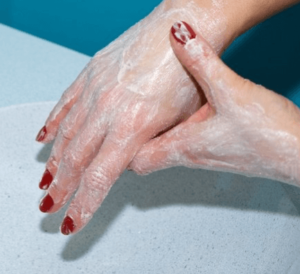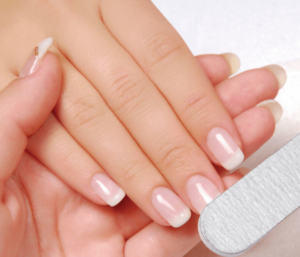Hand sanitiser, this is a subject that seems to be on everyone’s mind in the never ending daily fight against Covid-19. People are searching for answers, what makes medical-grade hand gel, how to make your own, are hand wipes as effective as a gel? We reveal what matters in the fight to keep your hands clean and protect against COVID-19.
Hand Sanitiser – Gels and Wipes: What You Should Know:
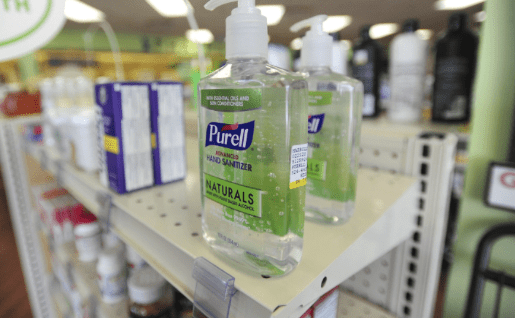
We are all now hyper-aware of hand hygiene due to the coronavirus pandemic. Still, there is some confusion about exactly what works best on removing the virus from your hands, and why? We know that trying to find alcohol-based hand gel is like looking for moondust at the moment! Does it matter the type of hand gel or soap you buy, and what options do you have if you’re struggling to get hold of these products?
The reason soap and alcohol gel work against Coronavirus is to do with the type of virus we are dealing with called COVID-19. It is an ‘enveloped’ virus, and what this means is that the RNA (nucleic acid – the viral genetic material) coated in a lipid (fatty) layer. Soap can dissolve this lipid layer, causing the virus to fall apart and stopping it from binding to our cells. Using an alcohol-based hand sanitiser works in a similar way, deactivating the virus by breaking down the lipid layer.
Click – FFP2 Face Masks – Available In Stock
Which Hand Sanitiser Should You Buy?
Keep in mind that hand sanitiser isn’t the ‘be-all and end-all’ of hygiene. If like millions of people around the world now you are mostly staying at home, hand washing is the best option.
With hand sanitiser, you have probably seen it written that you need at least alcohol content of 60% for a hand sanitiser to work and kill the Coronavirus. You can buy hand sanitisers with varying degrees of alcohol content. The level of alcohol required for it to work and inactivate most types of viruses, including COVID-19, is between 60-95%.
You will find that most alcohol-based hand sanitiser gels contain one or more alcohols in them. And they include Ethanol, Isopropanol – or a combination of the two. You can check the ingredients label to see how much it contains.
The well-known High St brand ‘Carex’ has one of the highest alcohol content, from the information on the label it states: Carex hand gel – contains 70% alcohol. Cuticura hand gel – includes 66% Ethanol.* Dettol hand gel – has 63% Ethanol.
*If you have a Cuticura hand sanitiser, you might notice that on the label it says it contains 56.7% Ethanol. Cuticura state this is the value by weight, this converts to 66% ethanol by volume (the important measure), and above the 60% minimum requirement.
One of the downfalls of hand sanitiser is that it doesn’t work as well on sweaty, greasy, or visibly dirty hands. You need to use a lot to cover the entire surface of your hands thoroughly. Another problem people find with repeated use of alcohol-based hand sanitiser can irritate your skin, too, despite many containing moisturising agents.
Do Alcohol-free Hand Sanitisers Work?
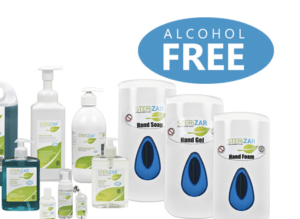
Alcohol-free hand sanitisers are usually in the form of foam. They can be less severe on the skin, but, on the downside, there isn’t as much scientific evidence supporting their action against some viruses, including Coronavirus.
The alcohol-free hand sanitisers commonly contain ingredients such as Chlorhexidine Digluconate or Benzalkonium Chloride.
A study recently in the Journal of Hospital Medicine (March 2020) found these ingredients not as adequate at deactivating viruses similar to COVID-19 (although the study looked at surfaces, not hands).
These ingredients seem to work better against bacteria and viruses such as norovirus. Reemphasizing it is ‘alcohol, detergents, hydrogen peroxide, extremes of pH and bleach that inactivate COVID-19’.
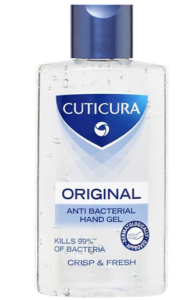 See on – boots.com
See on – boots.com
How Does Medical-Grade Hand Sanitiser Differ – Do I Need It?
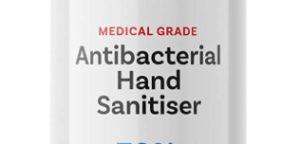
Medical grade sanitisers, such as Defendol, generally have around 70% alcohol. A product like Defendol will be tested to show specific pathogen-killing efficacy relevant to hospital settings. The average person shouldn’t need to use this grade sanitiser, as standard alcohol gels are sufficient so long as you keep in mind to wash your hands regularly!
Hospitals, care homes, and general medical environments understandably need added protection. They will need products that have been certified for these high-risk environments, so it’s best to leave this for those who need it.
Can You Make Your Own Hand Sanitiser?
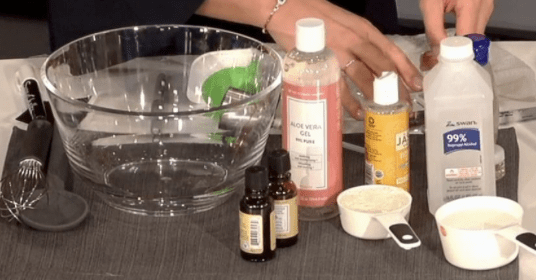
You can, in theory, make your sanitiser by mixing 3/4 of a cup of rubbing alcohol with 1/4 of a cup of aloe vera, but it’s not that desirable. The reason being is that anything homemade is not ‘laboratory validated’ to the standard of retail hand sanitisers. And importantly, you would need to ensure you use sterilized containers and source some Isopropyl or rubbing alcohol.
Either of these is 99% proof, so a bottle of vodka from your local store won’t do the trick! And like other raw ingredients associated with popular Coronavirus products, it’s challenging to find or to purchase anyway.
The critical thing to remember is to wash your hands after contact with the outside world. At all costs, avoid touching your face or face mask if you wear one before you have washed your hands thoroughly.
Click To Read Our Recommendations on – Intensive Hand Creams
Are Antibacterial Wipes As Effective As Hand Sanitiser?
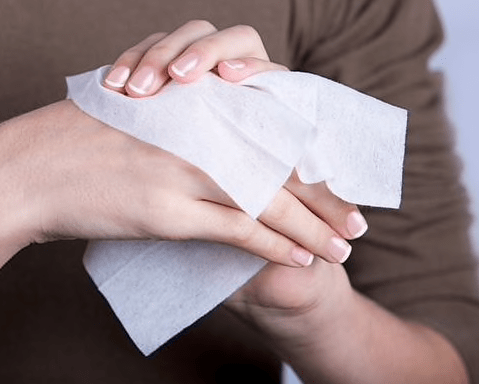
Some pharmacy chains have been pointing their customers to stocks of antibacterial wipes when their hand gel stocks run out. But is it the same thing?
Hand wipes tend to have less alcohol in them, and more antibacterial compounds in them. These are Benzalkonium Chloride found in ‘Wet Ones’ as well as water and wetting agents such as detergent and surfactant.
Before you purchase the wipes, you should check the range of pathogens the wipe is active against; this can find this on the back of the packet or checking the active ingredients online. These type of hand wipes, and antiseptic creams such as Savlon or Germolene, are more ‘antibacterial’ than ‘antiviral.’ They are designed to work on the skin where bacteria are (usually) the main skin pathogens.
Our Conclusion:
Using a Hand Sanitiser, alongside washing your hands regularly for at least 20 seconds, can help you and your family stay clean and protected. Practicing good hygiene can begin with a hand gel kept in your bag for when you’re out and about. Being able to clean your hands when you have no access to soap, hand wash, or water is easy with antibacterial hand gel. When you’re at work, a larger hand sanitiser gel can be kept at your desk or workstation ready for when you need it. Using Antibacterial gel can kill up to 99.9% germs, helping you to stop spreading germs to those around you.
Do you have any other tips for caring for your hands, or a particular hand sanitiser you find protects your hands and skin? Please leave any comments or questions below, and I will be happy to discuss them with you.

